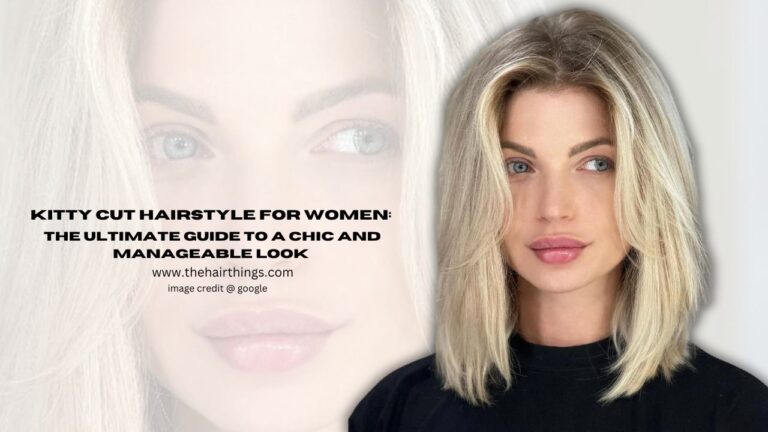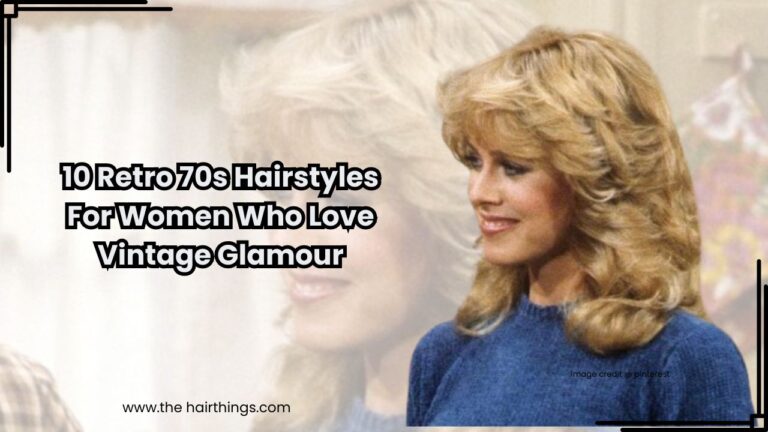Hair loss is the hallmark of the alopecia condition, which can have a major negative influence on a person’s confidence and self-worth. But those who have alopecia might feel strong and attractive if they approach hairstyling properly. Together with helpful suggestions for preserving the health of your hair and scalp, this post will discuss some of the greatest alopecia hairstyles.
Introduction
Hair loss, either partial or total, is a typical side effect of alopecia, a disorder affecting both men and women. The psychological and emotional consequences of alopecia can be significant, even if it might not be fatal. Searching for appropriate hairstyles that enhance their distinctive appearance and boost confidence is one of the main issues experienced by people with alopecia.
Understanding Alopecia
Alopecia encompasses a range of conditions that result in hair loss, including alopecia areata, alopecia totalis, and alopecia universalis. These conditions can be caused by various factors, including genetics, autoimmune disorders, and stress. Hair loss may occur in patches or affect the entire scalp, body, or face.
Challenges Faced by Individuals with Alopecia
Hair loss can significantly affect a person’s mental health and sense of self. Feelings of embarrassment, shame, and anxiety regarding their appearance are common among alopecia patients. Furthermore, these emotions are frequently made worse by cultural expectations and beauty standards, which results in social disengagement and loneliness.
Choosing the Right Hairstyles
When choosing hairstyles for those with alopecia, certain variables need to be considered. The most pleasing alternatives depend heavily on the texture, length, and style of the remaining hair. Seeking advice and insight from a hairstylist with experience in working with people experiencing hair loss can be very beneficial.
Top Tips for Alopecia Hairstyles
Embracing Short Haircuts
Accepting short haircuts can be freeing for people who are losing a lot of hair. Cute, contemporary looks can be achieved by minimizing the appearance of thinning hair with short hairstyles including buzz cuts, pixie cuts, and cropped hairstyles.
Incorporating Accessories
Any haircut can benefit from the fashionable addition of accessories like headbands, scarves, and hats. They conceal bald spots in addition as offering flair and individuality. People can show their uniqueness and inventiveness by experimenting with various accessories.
Experimenting with Wigs and Extensions
For those looking to improve their current hair or temporarily switch up their hairstyle, wigs and hair extensions provide adaptable options. Premium wigs with synthetic or natural hair can give you a more authentic look and increase your self-esteem.
Trying out Scarves and Head Wraps
Headwear and scarves are stylish pieces that may be accessorized in a variety of ways to go with different ensembles and events. They give every outfit a hint of sophistication and elegance while providing coverage for the scalp.
Opting for Low-Maintenance Styles
Hairstyles that require little styling upkeep, including braids, twists, and buns, are perfect for alopecia sufferers. These looks can resist the rigors of daily activity and require minimal upkeep.
Maintaining Hair and Scalp Health
Maintaining hair and scalp health is equally vital for those with alopecia, even though hairstyling is crucial for improving look. Hair can be encouraged to grow and additional loss can be avoided with a moderate care regimen that includes moisturizing conditioners, nourishing hair treatments, and light shampoos.
Building Confidence
The secret to helping people with alopecia feel confident and at ease in their own skin goes beyond hairstyling techniques. Positive self-image and increased self-esteem can be achieved by self-care activities including exercise, meditation, and hobbies. Other sources of inspiration and validation include reaching out to friends, family, and support groups.
Conclusion
A combination of self-care, experimentation, and creativity is needed to identify the finest hairstyles for alopecia. Alopecia sufferers can regain their confidence and accept their baldness with pride by appreciating their inherent beauty and experimenting with different style alternatives.
FAQs
- Does alopecia have a cure?
Even though there isn’t a cure for alopecia yet, there are a number of therapies and treatments that can help manage symptoms and encourage hair growth.
- Does alopecia have any natural remedies?
By implementing natural therapies like essential oils, herbal supplements, and dietary adjustments into their regimen, some people find relief from the symptoms of alopecia. But before attempting any new remedies, it’s imperative to speak with a medical practitioner.
- Are haircuts a factor in hair loss?
If used often, some hairstyles, such tight ponytails, braids, and extensions, can exacerbate hair loss and damage. Hair breakage can be reduced and better hair development can be encouraged by choosing looser styles and avoiding excessive manipulation.
- Is feeling self-conscious about hair loss normal?
Absolutely, feeling insecure and self-conscious about hair loss is quite normal. those can learn to manage these feelings by reaching out to loved ones for support and making connections with those who have gone through similar things.
- How can I locate a hairdresser with alopecia expertise?
A smart place to start would be to look into local hair stylists who have dealt with clients who are experiencing hair loss. Dermatologists and alopecia support groups are other resources you can consult for advice.








